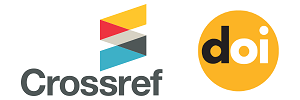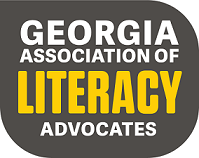ISSN 2833-7611
Submissions
Submission Preparation Checklist
All submissions must meet the following requirements.
- The text is in APA (7th edition) format. See sample APA professional paper.
- Where available, DOIs or URLs for the references have been provided.
- The instructions in Ensuring a Blind Review have been followed.
- In the “Comments for the Editor” section below, the full names, professional credentials, contact information, affiliated institutions, and short bios (100-200 words) for all authors are listed in order of authorship.
- The submission has not been previously published, nor is it currently submitted to another journal for consideration.
- The submission file is a single Microsoft Word document.
- All illustrations, figures, and tables are placed within the text at the appropriate points, rather than at the end.
Research and Practitioner Articles
Research and practitioner articles should be approximately 5,000 to 8,000 words in length, excluding references, tables, charts, etc. Research-based articles may be quantitative, qualitative, mixed methods, or literature reviews. Practitioner-based articles should focus on the application of research-based practices.
Teaching Tips
Teaching tips are short articles of approximately 1,000 to 2,000 words and should be written for literacy teachers, highlighting one teaching strategy/technique that has been shown to enhance student literacy learning. We encourage photographs and student work samples.
Privacy Statement
The names and email addresses entered in this journal site will be used exclusively for the stated purposes of this journal and will not be made available for any other purpose.


